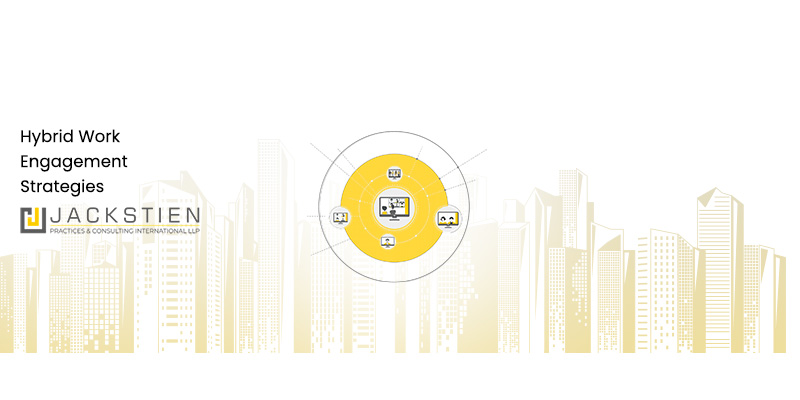‘Working’ is different from ‘working well’. And even more so from ‘working sustainably well’.
Blatantly obvious as the above statement appears, the move to Remote or Hybrid Work over the last fifteen months has thrown these differences into stark spotlight.
Haste:
Organizations (the ones that could) moved to Remote Work in necessary haste to survive the pandemic, adopting whatever resources were available in the process. This was a reactive step at the time and did wonders to help prove that remote work is not just sustainable over the long term but necessary .
Survive:
That said, remote or hybrid work today is a bit of a mess outside of global organizations that have been spending billions on cloud infrastructure over many years. Even for these massive organizations, cloud-basing their resources was a way to save and streamline. Simply put, enabling remote work once-in-a-while was a pleasant side-benefit for these organizations had not been thought of as an end in itself. Many, if not most of these organizations intended for ‘on-premise’ to remain the default. That is why many of these organizations today have a long way to go before their personnel practices, taxation, automation, employment law, compliance, culture, conduct and practices evolve to catch up.
In the meantime, outside of the global technology firms, most organizations are struggling with the hodge-podge that comprises today’s remote or hybrid work environment.
And there is a lot of hodge that has been podged (pardon the literary license).
Think for a moment about an ideal Remote or Hybrid Work enabled business dealing with;
- processes designed for in-person or cross desk work,
- patchworks of standardized technology struggling (and failing) to keep up with the demands of remote or hybrid work,
- security standards that have lost relevance,
- plug-and-pray connectivity,
- direct and indirect taxation structures that hurt everyone rather than benefit everyone,
- procurement policies that focus on price rather than value (and often lose on both counts),
- expensing policies that lead to the lose-lose situations,
- wasteful spending on some resources even as other resources languish disused,
- organizational frameworks that disregard new realities
- organizational policies that are incompatible with the new normal and worse, incapable of compliance,
- automation expenditure aimed at processes that need not exist at all,
- employment law and practices based off templates that no longer fit,
- training needs focussed on ephemeral technical aspects,
- compliance, culture & conduct designed around office-centricity and in-person dealings,
- people & team management that does not account for employee engagement, productivity management and team building in a remote environment.
The existence of these problems is quite understandable. After all, standards applied to a solution that needs to help you survive are lower than those applied when the aim is to thrive.
Thrive – The Parts and The Whole
With a re-emergence of the ‘thrive’ mode in the near future, a more cohesive strategy will be required. This strategy will need to be followed by a phased and calibrated execution.
There are a plethora of elements that allow organizations to function and progress – processes, technology, security, connectivity, headcount, taxation, automation, employment law, training, compliance, culture & conduct and people & team management.
The collective benefits of aligning these aspects independently are significant. However, when all are designed in cohesion, these benefits build upon each other and feed off each other. They deliver exponential results. They deliver a whole that is greater than the sum of its parts.
The Future:
As we shake off the effects of the pandemic to thrive, a strategy is essential. A strategy that:
- re-evaluates the legacy practices that have turned irrelevant in the new reality.
- accounts for all these elements as also for the interplay between these elements.
- can be executed quickly before the emergence of a new class of scarce resources.
- requires not just a re-evaluation but, dare we say, a re-imagination.



1 thought on “Remote & Hybrid Work Mode – From Survive to Thrive.”
Comments are closed.